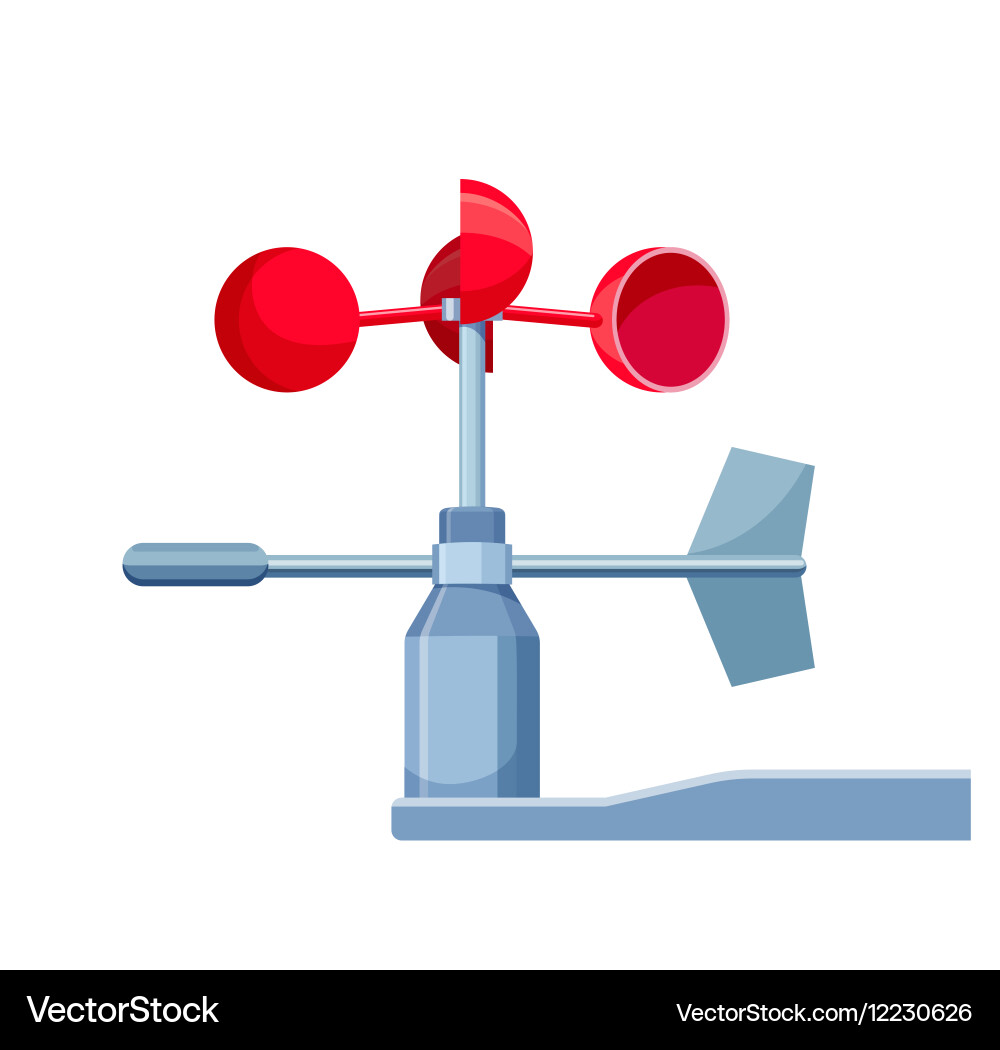The Role of an Anemometer in Improving Safety And Security for Outdoor Activities
The Role of an Anemometer in Improving Safety And Security for Outdoor Activities
Blog Article
Anemometers Revealed: Recognizing Their Relevance in Environmental Monitoring and Safety Measures
The function of anemometers in environmental surveillance and safety and security steps is usually ignored, yet their relevance is undeniable. These instruments have a lengthy background rooted in scientific query and technological developments, advancing to end up being essential devices in different areas. From weather forecasting to aviation safety, anemometers play a crucial duty in giving exact information that informs decision-making processes and improves total safety. Comprehending the ins and outs of anemometers reveals a globe of critical insights that are fundamental to our understanding of the environment and the actions we require to make certain security.
Background of Anemometers
The evolution of anemometers can be traced back to the old worlds where simple wind determining devices were first used. These early wind dimension devices laid the structure for the growth of much more advanced anemometers gradually. Among the earliest known anemometers was the hemispherical cup anemometer developed by Leon Battista Alberti in the 15th century. This design included 4 hemispherical cups that collected wind energy, supplying a dimension of its strength based upon the speed of rotation.
Over the years, improvements in modern technology led to the growth of more modern-day anemometers, including ultrasonic anemometers and laser Doppler anemometers, offering raised accuracy and efficiency in measuring wind rate and direction. The history of anemometers showcases a remarkable journey of technology and progression in the field of meteorology.
Kinds of Anemometers
Throughout the field of weather forecasting, various kinds of anemometers have actually been created to properly gauge wind rate and direction. The most usual type is the cup anemometer, which is composed of 3 or 4 cups installed on straight arms that turn with the wind. As the cups spin, the speed at which they rotate is straight proportional to the wind rate. Another widely used kind is the vane anemometer, which features a tail or fin that straightens itself with the wind instructions. This placement enables the device to identify the wind instructions. Sonic anemometers make use of ultrasonic signals to measure wind rate and direction accurately. They are commonly utilized in research applications due to their high precision. Hot-wire anemometers run based upon the concept that the cooling effect of wind on a warmed cable is symmetrical to the wind rate. These anemometers appropriate for measuring reduced wind speeds with high accuracy. Each type of anemometer has its staminas and is picked based on the particular requirements of the tracking job at hand.
Applications in Meteorology
Having discussed the numerous kinds of anemometers utilized in meteorology for measuring wind rate and direction, it is vital to discover their useful applications in the area. Anemometers play an essential role in meteorology by giving exact and real-time information on wind problems (anemometer). Meteorologists use anemometers to keep track of wind speed and instructions to anticipate weather patterns, concern warnings for extreme climate events like hurricanes, tornados, and cyclones, and analyze weather for aviation safety
In weather forecasting, anemometers assist in comprehending neighborhood and local wind patterns, which are vital for predicting weather condition adjustments and figuring out climatic trends. These tools are likewise made use of in research to research microclimates, city heat islands, and air pollution dispersion. In addition, anemometers are used in agriculture to maximize crop administration techniques, such as irrigation and chemical application, based upon wind conditions.
Relevance in Aviation Security
An integral element of making certain aeronautics safety and security depends on the precise surveillance of wind problems using anemometers. Anemometers play an essential function in aeronautics by giving real-time data on wind speed and instructions, aiding pilots in making notified choices during take-off, landing, and trip. Unpredictable and solid winds can dramatically impact aircraft operations, making it essential for air travel authorities to count on accurate wind dimensions to ensure the safety of guests and staff.

In the dynamic atmosphere of aviation, where also minor modifications in wind speed and direction can have profound effects, anemometers stand as indispensable tools for advertising protected and secure view flight.
Duty in Environmental Research
Just how do anemometers add to advancements in environmental research study? Anemometers play an essential duty in environmental research study by giving important data see here on wind speed and instructions. This info is crucial for comprehending various atmospheric procedures, such as air contamination diffusion, weather condition patterns, and climate change. By properly measuring wind qualities, anemometers aid scientists examine the activity of pollutants in the air, examine the effect of commercial discharges, and predict the spread of pollutants in the environment.


Final Thought
In conclusion, anemometers have played an important role in ecological monitoring and safety steps. Comprehending the importance of anemometers is crucial for precisely measuring wind rate and direction, which is crucial for forecasting weather patterns, making sure safe air travel operations, and performing environmental researches.
One of the earliest recognized anemometers was the hemispherical mug anemometer designed by Leon Battista Alberti in the 15th century. Over the years, innovations in modern technology led to the development of even more modern-day anemometers, consisting of ultrasonic anemometers and laser Doppler anemometers, supplying enhanced precision and performance in measuring wind rate and instructions. Hot-wire anemometers run based on the principle that the cooling result of wind on a heated cord is proportional to the wind speed. Meteorologists use anemometers to keep track of wind rate and direction to forecast weather patterns, concern cautions for this article severe weather condition events like hurricanes, tornadoes, and storms, and examine climatic problems for aeronautics safety.
Comprehending the value of anemometers is crucial for precisely gauging wind speed and instructions, which is important for anticipating weather condition patterns, making certain secure air travel procedures, and carrying out environmental researches. (anemometer)
Report this page